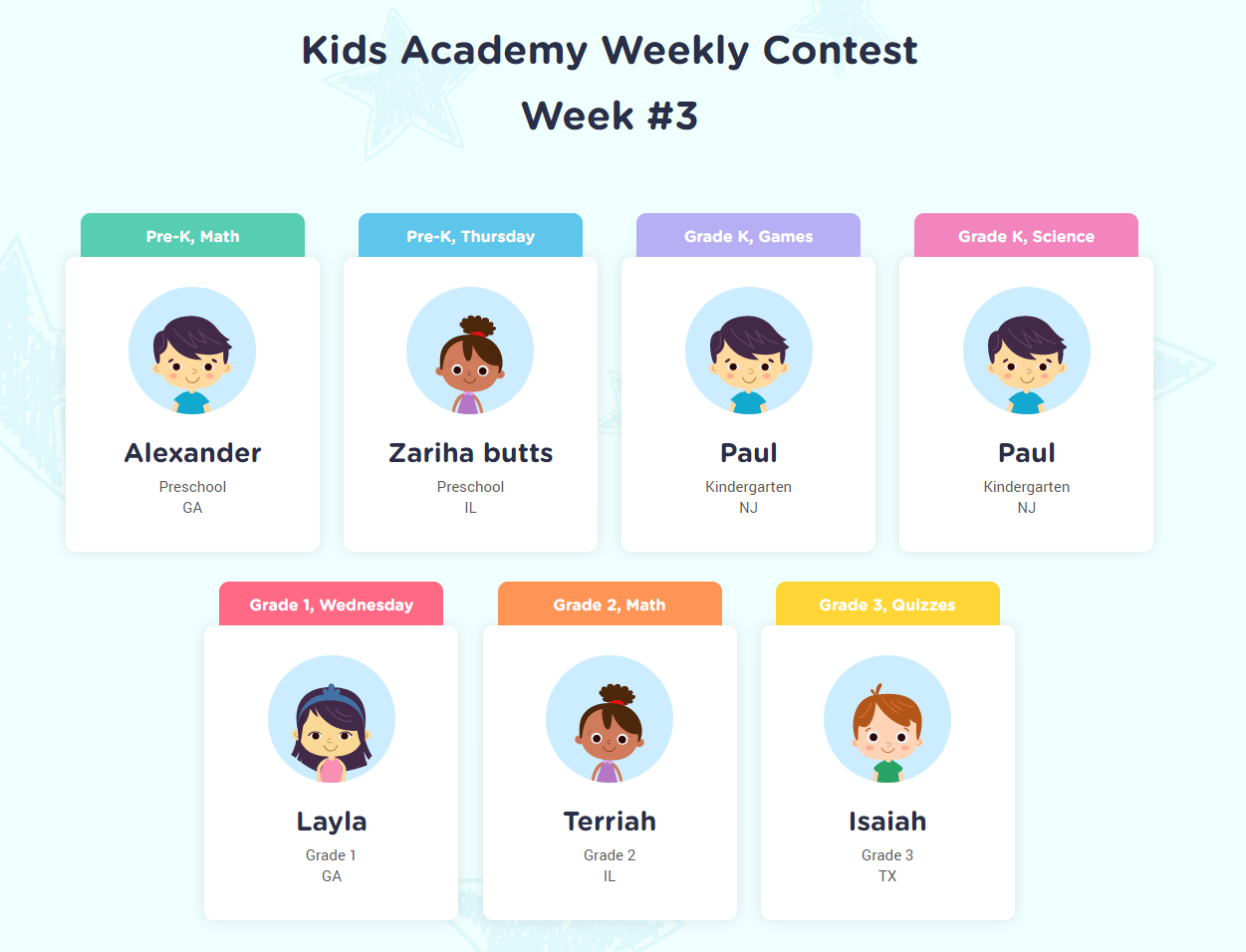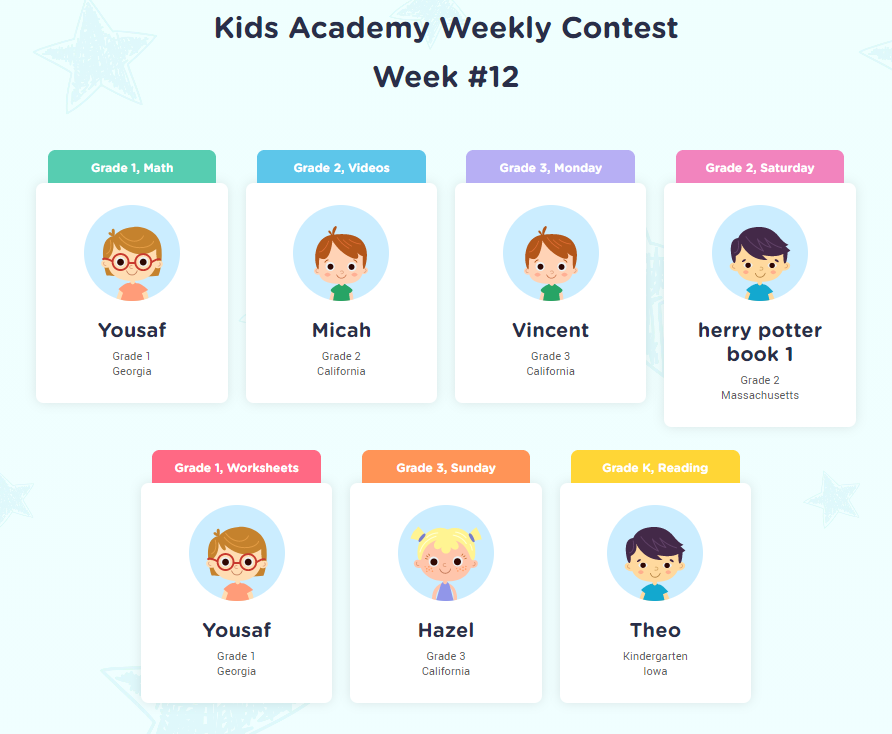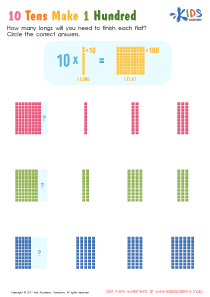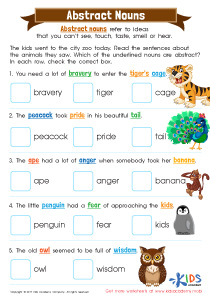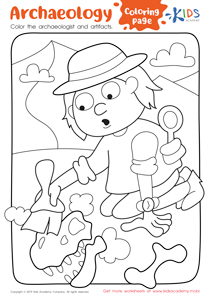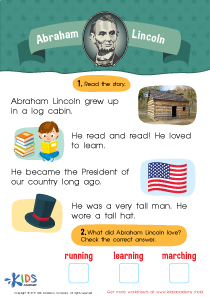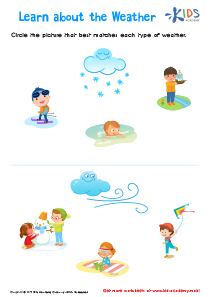Normal Building Vocabulary worksheets activities for Ages 3-4
2 filtered results
-
From - To
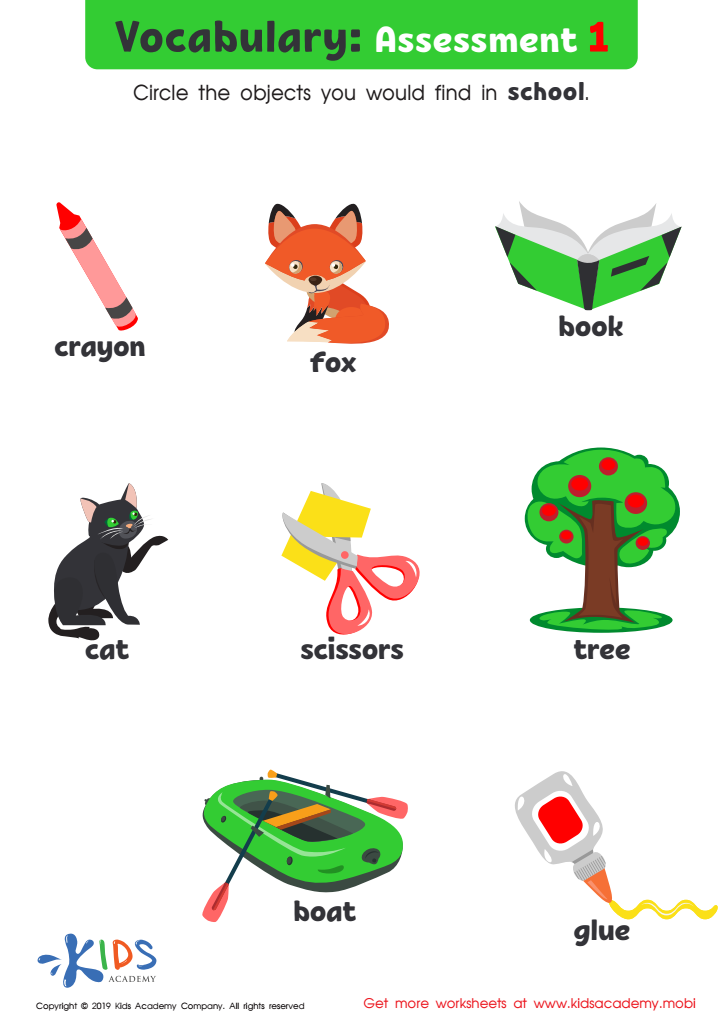

Vocabulary: Assessment 1 Worksheet
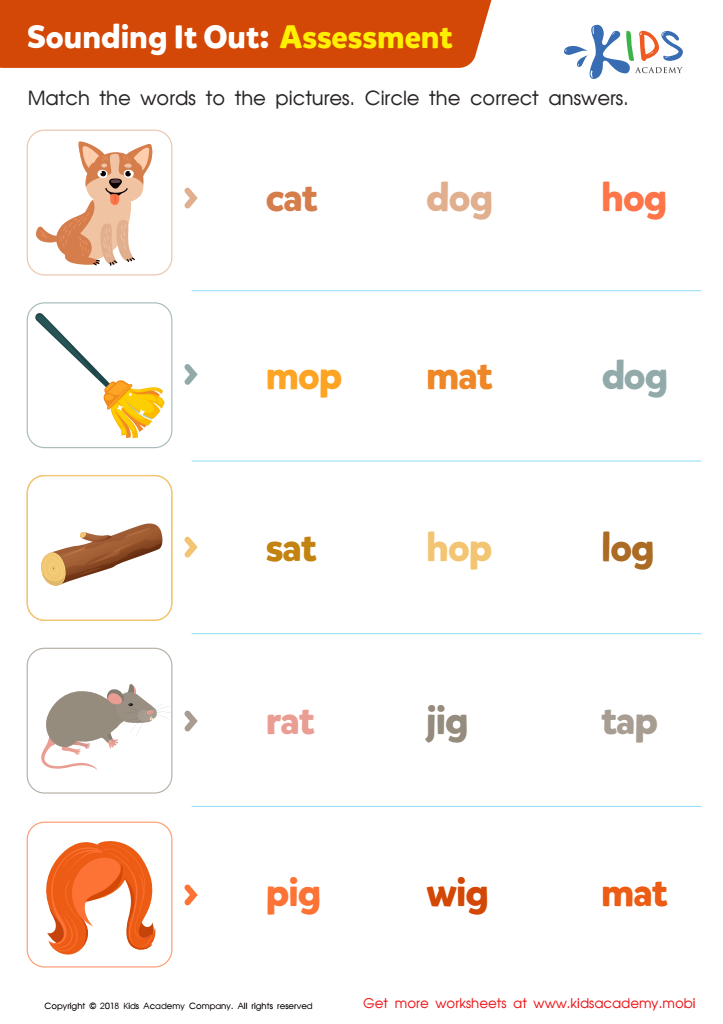

Sounding it Out: Assessment Worksheet
Normal Building Vocabulary worksheets activities play a crucial role in enhancing one’s command over language, fostering both personal and academic growth. The significance of these worksheets transcends basic language acquisition, touching upon various aspects of cognitive and communicative development. Here, we delve into why such activities are not only beneficial but essential.
Firstly, Normal Building Vocabulary worksheets are structured to progressively challenge learners. This structured progression helps in methodically expanding one’s vocabulary, ensuring that new words are not only learned but retained. The activities are designed with repetition and context in mind, critical factors in memorizing and understanding new terms. By engaging with these worksheets regularly, learners can systematically increase their vocabulary bank.
Moreover, these worksheets cater to a wide array of learning styles. Whether a learner is visual, auditory, or kinesthetic, vocabulary worksheets offer diverse activities such as matching exercises, fill-in-the-blanks, and crossword puzzles. This variety ensures that learners can engage with new vocabulary in a manner that best suits their learning preferences, making the process more effective and enjoyable.
Engaging in Normal Building Vocabulary worksheets also enhances reading comprehension. As learners encounter a broader range of words, they can better understand complex texts. This improved comprehension not only aids in academic pursuits but also in everyday communication, enabling individuals to express themselves more clearly and understand others more effectively.
Furthermore, these activities encourage critical thinking and context clues interpretation. Learners are often required to deduce the meaning of a word based on its use in a sentence or paragraph, thereby improving their inferential skills. This aspect of vocabulary building is pivotal in navigating through languages that are rich in idioms and expressions.
In conclusion, Normal Building Vocabulary worksheets activities stand as a cornerstone in language learning and development. By systematically expanding one’s vocabulary, these activities not only enhance linguistic proficiency but also nurture a more nuanced understanding of language as a tool for expression and comprehension. Engaging with these worksheets is an investment in one’s cognitive and communicative abilities, yielding benefits that resonate far beyond the confines of any classroom.
 Assign to the classroom
Assign to the classroom

